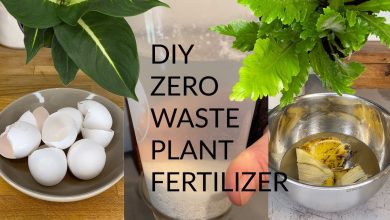How to preserve the poinsettia throughout the year
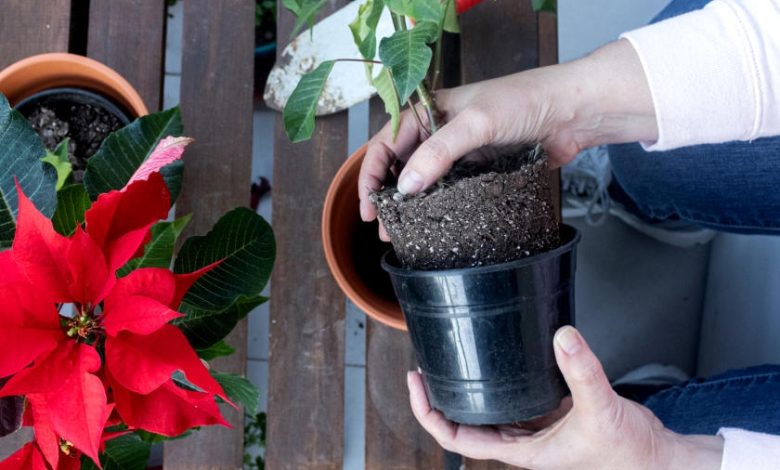
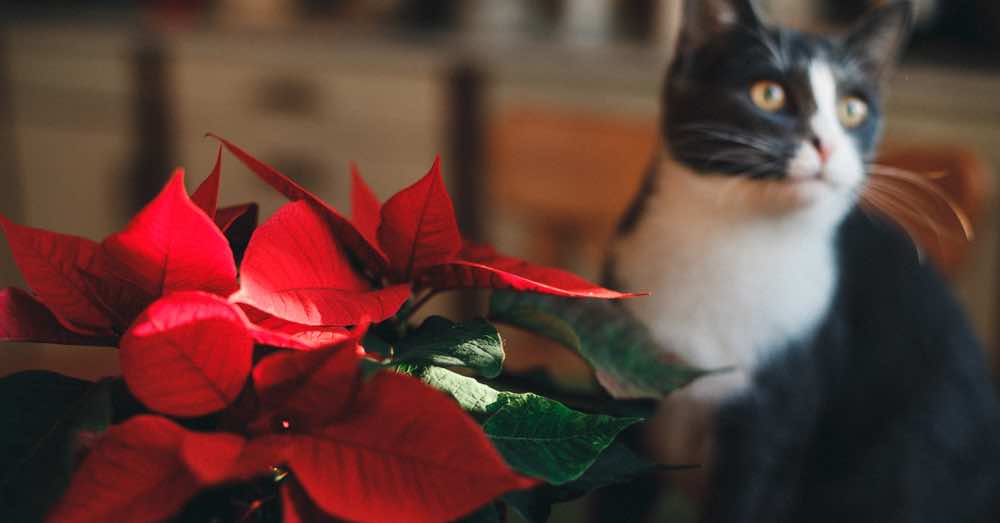
Enjoying its characteristic red color during Christmas is part of these dates. However, with the end of the festivities, the question arises as to how to preserve the poinsettia throughout the year. To begin with, because there are many who mistakenly believe that it is a plant that does not survive Christmas. And, to continue, because the poinsettia is a plant that requires rigorous care throughout the year in order to survive. Some that do not involve too much difficulty, but that you have to know thoroughly to achieve it.
Managing to preserve the poinsettia throughout the year involves understanding the particularities of one of the most delicate indoor plants there is. Their fame as demanding is not in vain, since they demand a lot of attention. And not only that: also a certain hand when it comes to gardening. Only then can we enjoy it again next Christmas. And only in this way, too, will we avoid the disgust of seeing it spoil.
If you would like to keep the poinsettia all year round, find out what care it needs. And be patient. Because, unlike other plants that practically take care of themselves, this one will need your help and attention to look its best next Christmas.
6 KEYS TO PRESERVE THE EASTER FLOWER ALL YEAR ROUND
Before knowing in detail how to preserve the poinsettia throughout the year, it is important to know something. On many occasions, when Christmas is over, we see that the plant loses leaves. And, automatically, we tend to think that it is dying. A thought has all the logic but that, in the case of poinsettia, is wrong. After these dates, it is normal to start throwing the lower leaves while keeping the upper ones. If so, we will be facing a plant well acclimated to our house that is preparing to survive the winter and regrow.
Starting from this base, let’s see seven cultivation tips to preserve the poinsettia throughout the year. Some that will help us enjoy it, too, next Christmas.
Factors that help preserve the poinsettia throughout the year
1. Irrigation, essential to preserve the poinsettia throughout the year
Despite its appearance, the poinsettia is a Euphorbia. Or, what is the same, a plant belonging to the cactus family. For this reason, it does not require a large dose of irrigation but rather the opposite. The ideal way to preserve the poinsettia throughout the year is to allow the substrate to dry between watering and watering. Something that happens approximately every three or four days.
Nor do we completely trust this pattern of two weekly irrigations because the amount of water will also depend on the ambient temperature. In addition, it is important to remove excess water from the bottom saucer of the pot. What’s more: if we want to water it correctly, the ideal is not to do it directly on the plant. By putting water in the under plate and leaving it for 15 or 20 minutes, our poinsettia will receive the hydration it needs.
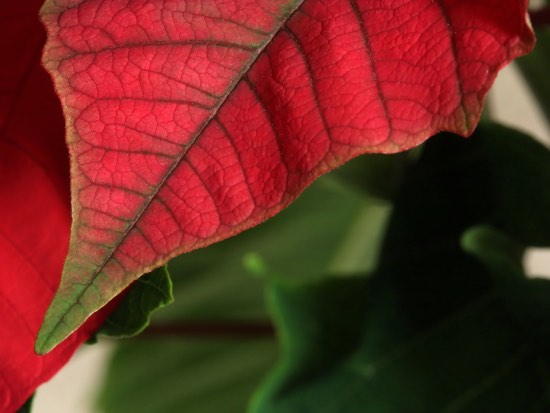
2. Temperature, another key aspect
Ideally, our plant is in a space between 16 and 22 degrees. An ideal temperature for maintenance throughout the year. If we see that our plant begins to drop the leaves, it is that it is subjected to more degrees.
Intimately linked to this, we have to be careful with air currents if we want to keep the poinsettia all year round. They don’t tolerate them well. Also, if we live in a warm climate and decide to transplant it directly into the ground, we will have to do it protecting the plant from frost.
3. Light, the last vital element to preserve the poinsettia throughout the year
Another of the cares that, yes or yes, we must procure for our plant: light. The poinsettia needs a lot of light, so the ideal is to place it near a window. During the winter months, when the sun is lighter, it can receive direct light.
However, when spring begins to arrive, it is advisable to remove it from the sun. This can wilt the leaves.
Tips to preserve the poinsettia throughout the year
4. The transplant, only after Christmas
If we decide to give our plant a larger space in which to grow, we cannot delay. The ideal is that we do it when the flowering ends, so we can carry out this work until the month of February.
5. Pruning, essential for it to grow
Closely related to the transplant, since it must be carried out at the same time of the year. But not only that: they are two tasks to preserve the poinsettia throughout the year that are united. When we carry out the transplant, the ideal is to prune the stems about 10 centimeters from the base and always above the node of the leaves.
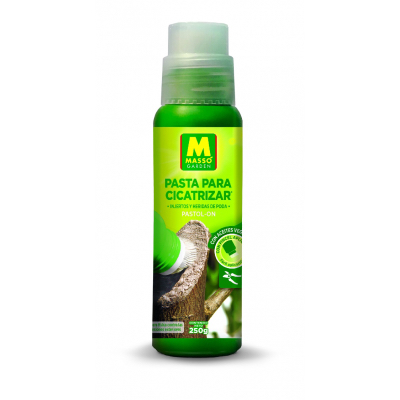
Once we have carried out this task, the ideal is to cover the cuts with a healing product. In this way, we will help the plant maintain its health despite the wounds inflicted.
6. The subscriber, only at two times of the year
In order to grow and flourish, the poinsettia needs extra nutrients. And it is, precisely, in those two moments of its vegetative cycle when we have to procure the subscriber.
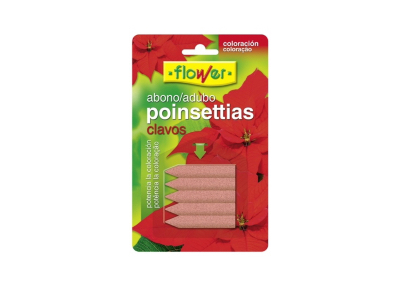
Between the months of February and March, the ideal is to use a growth fertilizer. And, in order to promote the appearance of those long-awaited red leaves, between October and November we will have to apply a specific flowering fertilizer.
And how to achieve the red leaves?
One of the things that most surprises those who manage to keep the poinsettia all year round is seeing it green. And it is that the original hue of its leaves is a very intense tone that is far from the red we know. Don’t be surprised: the red leaves are actually bracts that protect the flowering of the plant.
Getting them requires knowing how to put the red leaves on the poinsettia. A job that, without a doubt, is worth it!
And now there is only one more tip to keep the poinsettia all year round. And it is none other than pampering our plant a lot.
An invisible work that, however, she will appreciate giving us her characteristic red color.

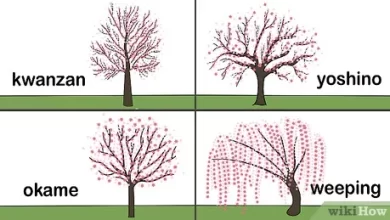
![Photo of Sow Gardenias: [Care, Planting, Watering, Substrate]](https://www.complete-gardening.com/wp-content/uploads/2021/06/gardenia_1583842589-390x220.jpg)

